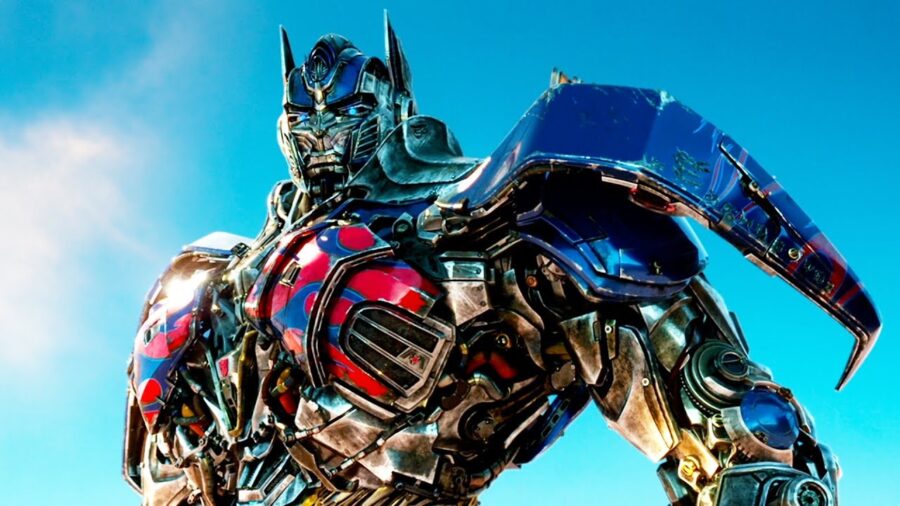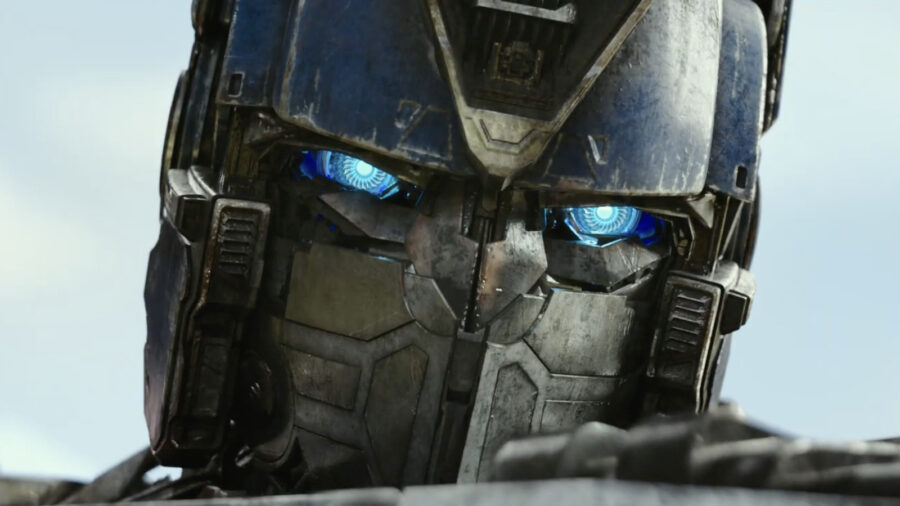Real-Life Transformer Marks Awesome Direction For Robots

Trust us: the Swiss Mile’s ANYmal robot is something fans of robotics—or just the Transformer series—will obsess over. As if springing from the silver screen, the robot is a remarkable innovation and an exciting window into the potential of robotic engineering. New Atlas reports that the versatile machine achieves a startlingly simultaneity of animalistic and humanoid tendencies. It is a robot evidently able to adapt its form in mere seconds to meet diverse functional demands.
Sure, upon first glance, the ANYmal might strike you as a robotic dog—especially when it’s in quadruped mode, i.e., on four legs. However, Swiss Mile’s transformer’s legs are more intricate than the standard robo-dogs and equipped with wheels, enabling efficient movement across an impressive array of terrains, even stairs. Masterfully integrated, its wheels dispense with the need for costly (in terms of energy) balancing postures we usually see in bipedal robots. The wheels provide for smooth, pragmatically executed traversal regardless of the surface.
It conveniently does away with the need for extensive, elaborate programming and demonstration, all of which pave the way for the machine to learn tasks autonomously.
Moreover, the ANYmal robot can employ its two front appendages effectively as hands. This frees it up to tackle tasks we’d typically expect to be beyond today’s robotic technology (i.e., functions for humans).
Swiss Mile provided an early demonstration to exemplify the transformer-like robots’ unique range of abilities. In the demo, ANYmal took up its two-leg stance and pressed elevator buttons. Given the robot’s “hands” are bulky, large-diameter wheels, such moves were impressively precise.
And hardware is not the only compelling aspect of ANYmal.
The robot graduated from opening doors quickly and consistently to teaching itself to pick up and toss boxes into bins.
For example, it is equipped—indeed motivated—by advanced learning techniques. Swiss Mile recently experimented with what they dub “curiosity-driven learning,” a new approach that, upon completing tasks, rewards the robot. It also conveniently does away with the need for extensive, elaborate programming and demonstration, all of which pave the way for the machine to learn tasks autonomously.

The machine learning protocol programmed into Swiss Mile’s robot encourages exploration and experimentation, something we might associate with AI software programs making the news lately (if not Transformer’s Optimus Prime). Prior to the new protocol, the robot was put through a more traditional combination of reinforcement and imitation learning.
People are paying close attention to ANYmal’s self-learning capabilities as they have already yielded head-turning results. The robot graduated from opening doors quickly and consistently to teaching itself to pick up and toss boxes into bins. When it does the latter, it looks surprisingly human, like something out of sci-fi, even horror. Admittedly, the ease with which Swiss Mile’s robot performs tasks adds a remarkably human touch, a layer of personality, to the machine, further inviting comparisons to a character from Transformer.
Swiss Mile’s transformer’s legs are more intricate than the standard robo-dogs and equipped with wheels, enabling efficient movement across an impressive array of terrains, even stairs.
Yes, the concept of the “uncanny valley” comes to mind.
In any case, the potential for commercialization of the ANYmal robot is vast. While the robot is still technically a research project, its transformative ability fuses two essential facets of robotics: the efficiency and portability of a quadruped robot “animal” and the versatility of a humanoid form.
In confluence with the machine learning component, this unique combination means ANYmal is a prospective game changer, ushering in a new era of super-functional, self-learning, adaptable, and relatable robots.












